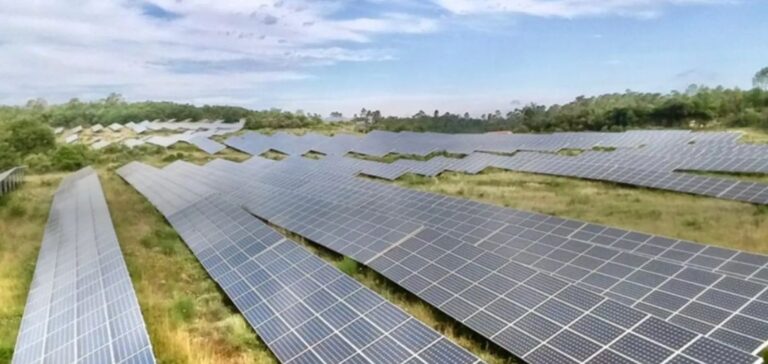In 2024, the United States installed 50 gigawatts (GW) of additional solar capacity, accounting for 84% of all new electricity-generating capacities integrated into the national grid during the year. The majority of this growth was attributable to large-scale solar power projects and energy storage systems. This unprecedented level of deployment sets a new benchmark for annual capacity additions, significantly surpassing the totals registered by any other energy technology in the previous two decades. The record was facilitated by favorable fiscal incentives and policy support at the federal level, though potential regulatory shifts could influence future development.
Développement industriel domestique
U.S. domestic solar module manufacturing tripled in 2024, allowing local manufacturers to satisfy almost all national demand for photovoltaic panels. The country also resumed domestic solar cell production, strengthening the national photovoltaic supply chain and reducing dependency on imported components. Current domestic manufacturing capacities are sufficient to meet virtually the entire national demand for photovoltaic components. The U.S. aims to reach a total installed solar capacity of 739 GW by 2035, contingent upon stability in existing policies, tax incentives, and authorization frameworks.
Despite this growth, the sector remains sensitive to regulatory and fiscal changes. Projections show that potential policy shifts, particularly in federal tax credits or permitting processes, could significantly impact market expansion.
Risques financiers et impacts territoriaux
According to the most pessimistic scenario, modifications or reductions in federal incentives and authorization processes could result in a decrease of 130 GW in projected solar installations over the next decade. Such a scenario would represent a cumulative investment loss of nearly $250 billion over that period. The states of Texas, Indiana, and Florida, among the fastest-growing solar markets, would be disproportionately affected by such a downturn.
Texas, notably, added 11.6 GW of solar capacity in 2024, maintaining its leadership in national deployment figures. A potential market slowdown could cause the state to lose more than $50 billion in anticipated investments within ten years. In total, 21 states set annual solar capacity records in 2024, with 13 states surpassing the significant milestone of one gigawatt each.
Évolutions variables par segments de marché
The utility-scale solar segment saw substantial growth of 33%, reaching a total of 41.4 GW installed capacity in 2024. Additionally, community solar installations increased by 35%, and commercial solar rose by 8%. Conversely, residential solar installations experienced their lowest annual performance since 2021, due in large part to state-level policy adjustments and increased interest rates. Industry forecasts nevertheless anticipate recovery in residential installations over the coming decade, provided policy conditions remain supportive.
The varied performance across solar market segments illustrates distinct sensitivities to economic factors and regulatory environments, underscoring the importance for stakeholders to monitor developments closely in coming years.






















